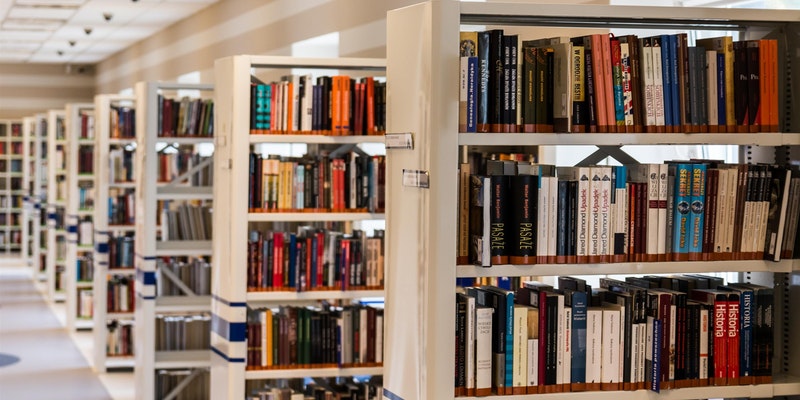
If your child is in year 6, you should currently be in the process of thinking about which secondary school your child will be going to, come the 2019/20 school year.
For some parents, the process can seem a bit overwhelming as there will be a number of factors to probably take into account when choosing a secondary school for your child:
So, how do you go about trying to make that very important decision...?
Open Days
Make a list of the schools you are interested in and attend their open days to get more information on the school, see what the school is like, have a look at the facilities and speak to the staff and students. It might be a challenge to find a school that ticks all your boxes, but the idea would be to be able to make that comparison, to find the ones that are most ideal. Open evenings /days are good, but can also be ‘staged’, so see if possible try to go on a normal day so you can see things in their ‘natural’ state. Some schools will have no problem with this.
If possible, go a visit the schools of your choice a year in advance – when your child is in year 5, then go again a year later so you can make a comparison, to see if anything has changed or whether you still feel the same about that choice. It will also give you enough time to reflect and process the information, as opposed to ‘going through the motions’ at what could be considered to be a very stressful time
Due Diligence
Paying more attention to the value added and expected progress figures for that year, should be the focus, as these figures are more helpful in determining what a school is doing to support learning and development.
Admissions Criteria
Have a look at the requirements for admission, to see if your child stands a chance. Do not think that because you live in the area, your child will automatically get a place in the local school – especially if it is an oversubscribed one. Find out what the catchment radius is and whether you fall within. If you don’t, then find out if exceptions are usually made, because if there aren’t any, then best not to waste your time.
Does your child have any special needs? Find out if the schools you are considering cater to those needs and how.
When to Apply
Applications usually start at the beginning of the autumn term of the school year. The deadline for secondary school applications is 31st October.
How to Apply
The application can be either online or using a paper form. Contact the council if you need the paper form. You need to apply to a minimum of 3 secondary schools, in order to be in with a chance of getting a school of your choice. It is wrong to think that if you just put the one school that you really want your child to get into, that your chances of getting that school will be higher.
When you will know
Confirmations for secondary schools will normally be sent out on 1st of March the following year. If it falls on a weekend, then expect the letter the next working day. If you applied online, you should also be able to log in and check the confirmation there.
Grammar and Independent Schools
The application process for the grammar and independent schools starts a bit earlier, this is because the 11+ tests for these schools take place in the first month of year 6 (for grammar schools) and independent schools normally have the tests in January. The application process for this will, therefore, start in year 5. The best approach would be to have a list of the schools you are considering, and then visit their websites for more information. Also call the schools, to find out about anything you are still not clear about.
The most important thing is to start early and have an organized schedule and structure in
place – and carry your child along; after all your child will be the one attending!
Hope the above helps, but if you still have more questions or are looking for more guidance with the process, contact us and we will be happy to put you through. Leaders are Readers run 11+ and SATs preparation classes to help children thoroughly prepare for the tests. Our programme is very robust and covers the modules for all the current test formats.